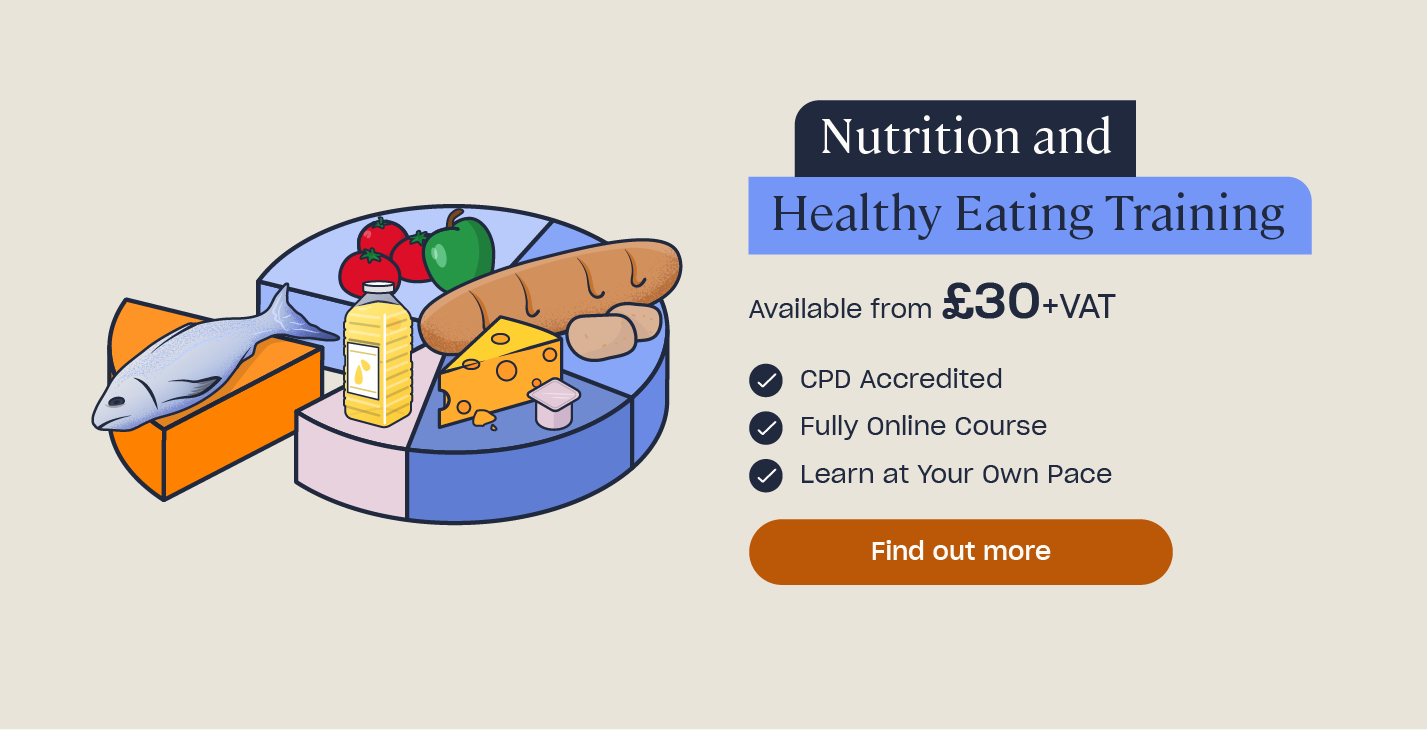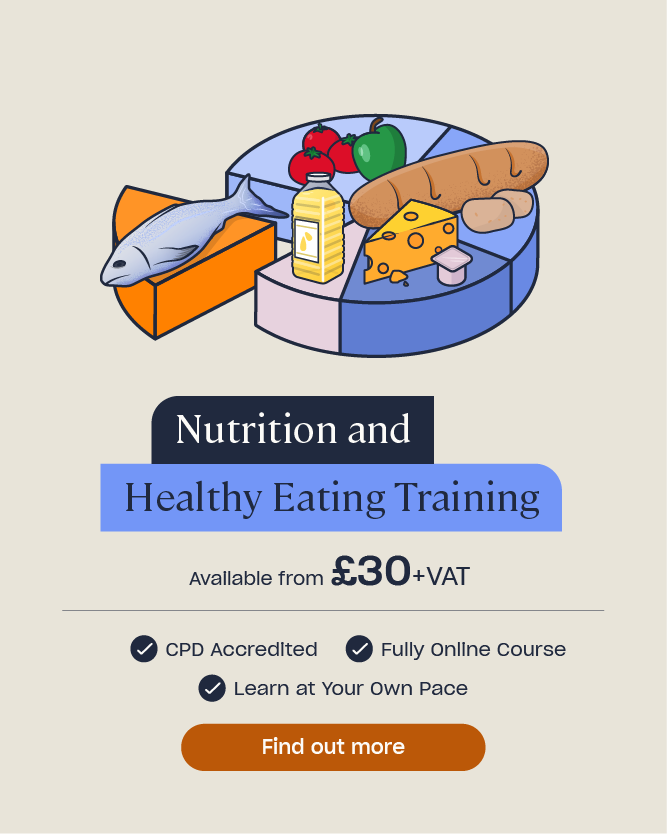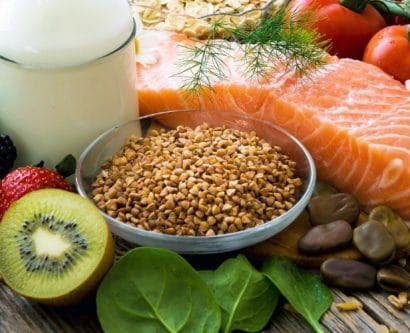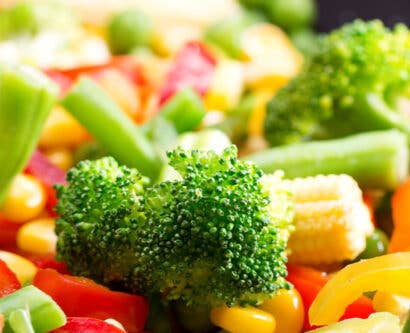Changes in Eating Habits Over the Years: Comparing Diets Now & Then
Can you learn from your grandparents’ food choices and lifestyle?
Over the last century, our eating habits have changed dramatically, with our diets becoming almost unrecognisable to those of our grandparents and great-grandparents. The way we shop, cook and dine has been altered by our attitudes towards food – yet is the modern way the better way?
Here we look at the changing habits and compare our grandparents’ food choices with our own.
A Strict Weekly Routine
Compare your grandparents’ attitude towards meal times with your own: how do they differ? Chances are your grandparents had a much stricter routine than you do now. Fifty to eighty years ago it was typical for a family to have their meals at the same time every day (breakfast at 7 am, lunch at 12 pm and dinner at 5 pm) so your body was accustomed to knowing when to expect food. This sort of discipline helped to keep waistlines slim and food waste to a minimum. In the modern day, however, a lot of people have lost this disciplined approach to meals and no longer stick to the 3-square-meal-a-day rule. Skipping breakfast, snacking and several cups of coffee a day are notions that our grandparents would never have considered. How do you think this affects your lifestyle? Which approach do you think is the most beneficial to your health?

The weekly routine didn’t end there either – it’s likely that your grandparents also had a strict rota when it came to what they ate on which day of the week. It was often the case that the family ate a roast dinner on Sunday, followed by leftover cold meat on a Monday, then any further leftovers made into a pie or other dish for Tuesday, Wednesday and Thursday. Most families also followed the routine of having fish and chips on a Friday. The weekly food rota was very much always the same, using up all leftovers and serving them with fresh vegetables every night. Whilst people often didn’t have a huge variety of choice, it was true that people always ate freshly prepared meals and vegetables on a regular basis.
Today, however, we are surrounded by choice. Not only do we get to choose when we eat our food, but we are also provided with a vast selection of food choices. Takeaways, fast-food and ready meals have changed the way that meals are prepared and eaten. Why bother spending hours cooking up a shepherd’s pie with yesterday’s leftover beef and preparing vegetables when you can head to the supermarket and buy everything ready-made? Whilst convenience is a huge selling point, think about how this shift has changed our eating habits on a global scale. Which attitude do you prefer? Which attitude do you think has the most health benefits?
The Pros and Cons of Rationing
During the Second World War, serious food shortages led to the British Government having to introduce a strict programme of rationing. Imported food was highly restricted meaning that the food available within Britain had to be shared out fairly and evenly between its inhabitants. The types of foods that were rationed included fresh meat, cheese, sugar, butter, jam and tea. In fact, the food rationing for one person for a week was:
• 1oz cheese
• 2oz tea (around 20 of today’s tea bags)
• 2oz jam spread
• 4oz bacon or ham
• 8oz sugar
• 1 shilling’s worth of meat
• 8oz fats (including 2oz butter)

After this allowance, people also had 16 points to use over the month with which they could buy other items, including tinned food, oats and beans. Due to a shortage in white flour, bread was always whole wheat and brown. Despite the lack of food, however, rationing was actually proven to be beneficial to the country’s overall health. Brown bread is much more nutritious than the white packaged loaves we find on the shelves today, and people ate lots of home-grown fruit and vegetables as these were in plentiful supply through the ‘Dig for Victory’ campaign.
On the other hand, food during WW2 was often a lot higher in unhealthy fat. People would roast potatoes in lard, eat bread and butter with every meal and use bread or suet as the basis for many meals. Part of the reason for this was because these ingredients were cheap to use and in good supply, but it’s also partly to do with the fact that people were less educated about nutrition. Now, you’re more likely to roast your veg in unsaturated vegetable oil or use a steamer – things that weren’t heard of in the 1930s and 40s.
Another positive of the rationing era was that there was no food waste. According to Love Food Hate Waste, we throw away 7 million tonnes of food and drink from our homes every year, the majority of which could have been eaten. During the war, however, waste like this was unheard of: leftovers were used in other meals throughout the week. With limited food available, it was essential that people adopted a ‘waste not want not’ approach.
Did You Know?
During the rationing era, kids’ characters called Potato Pete and Doctor Carrot were created to help children value and enjoy their veg! These vegetables were in good supply and the campaign promoted them with cartoon characters and songs.
The Change in Eating Habits
As has been seen, modern day cooking allows far less time than days gone by. Long gone are the hours spent slaving over the stove. Instead, convenience food has become much more popular, with people reaching for convenience foods and microwave meals several times a week. Contrast this with the 1930s when convenience food simply meant food in tins – a convenience because it allowed people to eat fruit and veg out of season and provided them with easy-to-prepare meat and fish. Convenience is a real selling point for people these days: many people in the modern world don’t make time for food and believe that they’re always too busy. Yet cooking fresh food doesn’t have to take hours – compare making a quick fresh pasta dish with standing in a queue at a fast-food restaurant – the amount of time is likely to be the same.

Similarly, in today’s world, we spend a lot more of our days dining out at restaurants than we did in the past. For your grandparents, eating out was likely to be a rare treat saved for special occasions. Nowadays, many families eat out on a weekly basis. Additionally, you’re likely to consume more calories when you dine out as to when you eat at home. This increasing trend in eating out is increasing our waistlines – perhaps the older generation had it right after all – staying in may need to become the new going out!
However, it’s not all bad news. Although our grandparents may have eaten more home-cooked meals and fresh home-grown vegetables, a Food Standards Agency report actually found that we eat more fruit, ‘exotic’ vegetables, chicken and turkey now than we did 50 years ago, as well as more lower fat dairy products, all of which are much better for our health. (Note: always look for low-fat dairy products with a low sugar content as many low-fat desserts have a high percentage of sugar to make up for the low percentage of fat!) Part of this could be attributed to the fact that we’re much more educated in nutrition these days than our grandparents were.

To Snack or Not to Snack
The strict mealtime routine of our grandparents allowed 3-square-meals-a-day and no more. Snacking was almost unheard of and there were limited pre-packaged goods available to grab and go throughout the day. The modern world is much different. Restaurants, supermarkets and other places selling food are open 24/7, meaning that food is available whenever we want it. The fast-paced lives that people lead today mean that we pick up packets of crisps, biscuits and other snacks without hesitation. With food available whenever and wherever, our waistlines just cannot keep up with the number of calories consumed. Maybe it’s time to take a leaf out of our grandparents’ book and return to the days of the strict routine?
An Increase or Decrease in Cooking Skills?
In our grandparents’ day, learning how to cook was the only way to be sure of a good meal on the table, and it was usually done by the woman of the house. These days, cooking has become almost a hobby rather than a necessity, with many people not knowing a wooden spoon from a spatula. Many people just haven’t acquired the culinary skills that their parents had and, alongside the rise in convenience foods, cooking fresh every day has become a dying art. When our grandparents were cooking meals they lived a much more self-sufficient life, growing a lot of their own vegetables and shopping daily for groceries due to the lack of refrigeration. It was a generation of ‘making do’ and being creative with what few ingredients were available.
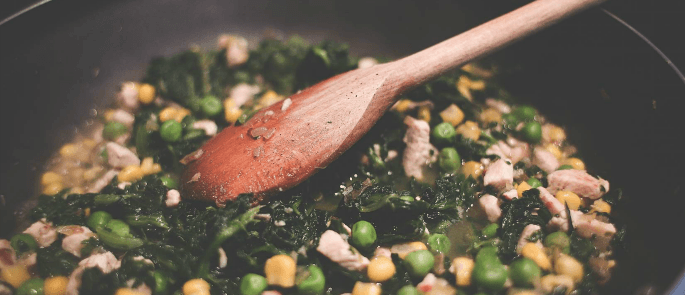
Yet there’s no hard evidence to suggest that we’re worse in the kitchen than we were in the past – we’re just no better at it either! A market research firm found that most people know how to cook around 7 meals, which are then repeated on a weekly cycle. This is no different to the lives of our young grandparents who also used to eat the same dishes week in week out. Furthermore, the rising interest in cooking due to TV celebrity chefs and cookery books has perhaps ignited the dying spark, particularly now that people are so much better educated on the health issues connected with diet. Does this shift towards a glamorisation of a healthy diet mean that we’re actually better off now than we were a century ago?
From Forward Rolls to Sausage Rolls
People in the modern day do far less exercise (on average) than people in our grandparents’ day and this has a huge impact on our general health and our waistlines. Modern life is all about the sedentary lifestyle – many of us drive to work, sit at a desk all day, drive home and then sit in front of the TV, until we go to bed. We then still have our 3-meals-a-day as well as all the snacks and hot drinks in between. Many of us consume more energy that we use, which causes us to become lethargic, unhealthy and overweight.
Cast your mind back to the lives of your grandparents – is their generation as overweight as the generation today? Probably not. Back in your grandparents’ day, it was commonplace to walk or cycle everywhere, and evenings would rarely be spent sat in front of the TV. They also didn’t snack throughout the day, making the meals they ate equate to the amount of energy they were using. However, does that necessarily mean that their diets were any healthier? If you move more, you can eat more. Perhaps our grandparents could get away with eating that food, only because they were much more active?

Nutrition, Ill-Health and Allergies
In the 1950s, the average woman was a size 12 and had a 27-inch waist. These days, the average woman is a size 16 and has a 34-inch waist. This is a remarkable difference – but does it mean that women from the 1950s had better food habits than women do now? In general, it seems that these days we are simply not as healthy or active as we were then and, as a result, are much more likely to suffer from ill-health through our dietary choices. This includes the recent rises in the diagnosis of diabetes, high blood pressure, obesity and sleep disorders, all of which are linked to our nutritional selections.
Furthermore, food allergies and intolerances are more common now than they ever have been. This is often attributed to processed, unnatural and chemical-filled foods – none of which were present back in our grandparents’ days. Can these alterations to our food make our immune systems weaker? There’s also the suggestion that our ‘cleaner’ lifestyle means we are less exposed to germs, that we don’t do as much activity and that we eat less fruit and vegetables, all of which may weaken our immune systems and reduce our toleration to foods.
However, could there be another reason why we suffer from more food allergies now than our grandparents did. It’s worth considering that our grandparents didn’t suffer from allergies, not because of their healthier lifestyles, but because they simply weren’t as aware that conditions such as allergies existed. If people are less aware of the signs and symptoms, they will be less likely to report them, and less likely to be diagnosed with the condition. In your grandparents day, it was commonplace for people only to visit the doctor when they were really ill, so many food intolerances may never have been diagnosed.
Did You Know?
Since 1990, UK hospital admissions for food allergies have increased by 500%.
Decision Time
So what do you think? Are you persuaded by your grandparents’ attitude towards meal times and lifestyle or do you remain convinced that your current diet is the best it can be? It seems that everyone can learn something by looking at the past, whether it is sticking to 3-meals-a-day or eating vegetables at every evening meal. Whilst we’re certainly more educated in nutrition, the glaring contrast in our lifestyles is perhaps what needs to change.
Why not give the 1940s diet a try and see what you think?
What to Read Next:
- The Healthy Eating Pyramid
- Healthy Eating Guide for British Teenagers
- Guide to Alternative Milks: Food Safety Information Nutritional Benefits
- Dementia & Diet: Can Certain Foods Improve Your Brain Health
- Healthy Eating Guide for British Teenagers


